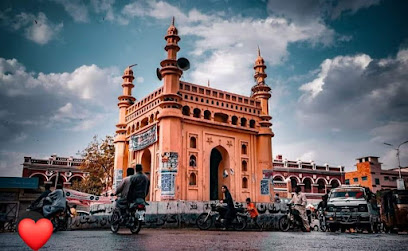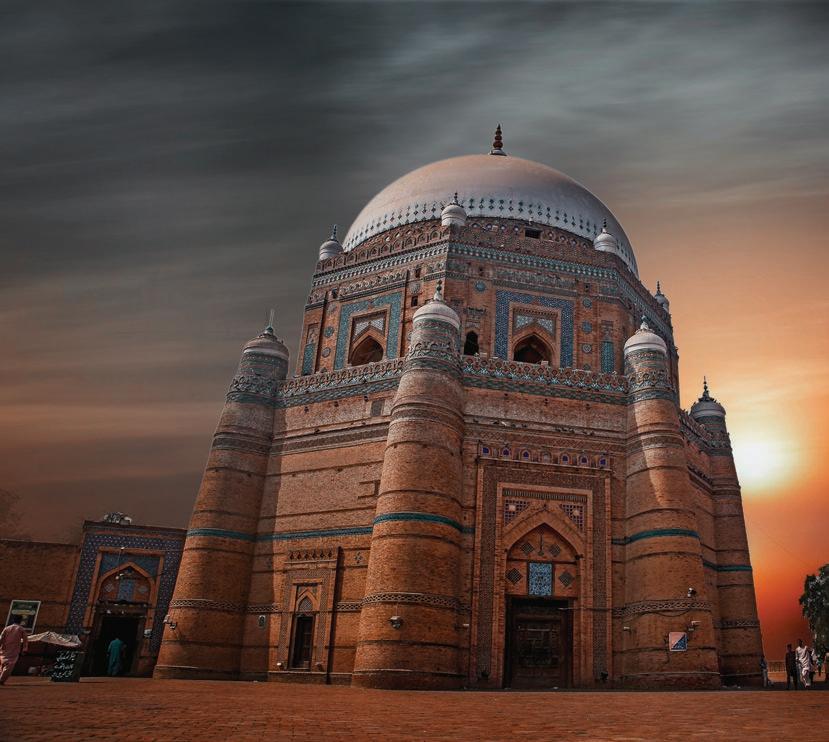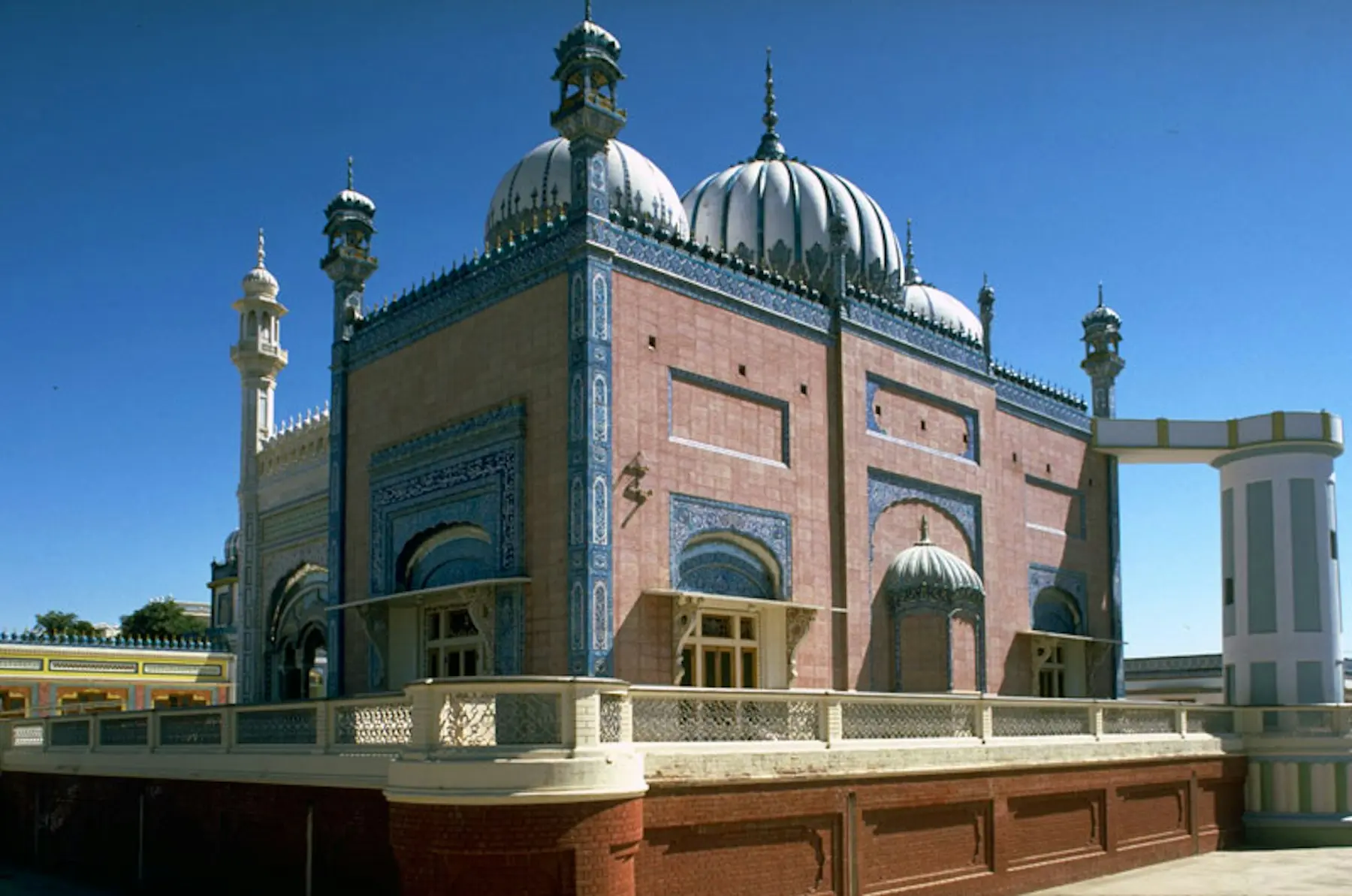Saints of Pakistan (Awliya Allah)
Introduction: List of Famous Saints of Pakistan (Awliya Allah)
The history of Pakistan is deeply connected with spirituality, Sufism, and the teachings of saints, often referred to as Awliya Allah. These saints dedicated their lives to spreading the message of love, peace, tolerance, and devotion to God. Their shrines are not just places of religious importance but also cultural and historical landmarks that attract millions of devotees every year.
For those interested in exploring the spiritual heritage of Pakistan, understanding the list of famous saints is essential. Whether you are a pilgrim, a researcher, or a traveler, Pakistan PTPC provides authentic information and guides to help you discover these sacred places.
Spiritual and Cultural Influence of Awliya Allah
The saints of Pakistan were not only religious figures but also social reformers. They emphasized justice, kindness, and service to humanity. Their teachings continue to influence art, poetry, music, and cultural practices across Pakistan.
Annual Urs celebrations at their shrines attract people from all walks of life. These events include recitations, Qawwali, poetry, and charity work, fostering a sense of unity and harmony.


Role of Shrines in Promoting Tourism
Shrines of saints are among the most visited sites in Pakistan. They attract millions of devotees domestically and internationally, making them vital for religious tourism. Pilgrims and travelers visit these places not only for spiritual blessings but also to explore the architectural and cultural heritage.
For those planning spiritual tours, Pakistan PTPC offers detailed travel guides and information about Pakistan’s heritage and religious tourism.
Famous Saints and Their Shrines in Pakistan
Hazrat Ali Hujwiri (Data Ganj Bakhsh) – Lahore
Perhaps the most famous saint in Pakistan, Hazrat Data Ganj Bakhsh lived in Lahore in the 11th century. His real name was Hazrat Abul Hassan Ali Hujwiri, and his book Kashf-ul-Mahjoob is one of the most renowned works of Sufi literature.
-
Shrine Location: Data Darbar, Lahore
-
Significance: His shrine is the largest in South Asia, visited by millions of devotees annually.
Hazrat Lal Shahbaz Qalandar – Sehwan Sharif
Hazrat Lal Shahbaz Qalandar, a 13th-century saint, is famous for his message of love and inclusivity. He spent much of his life in Sehwan Sharif, Sindh.
-
Shrine Location: Sehwan, Sindh
-
Unique Aspect: The shrine hosts the famous dhamaal (spiritual dance) performed by devotees.
Hazrat Shah Rukn-e-Alam – Multan
Multan, known as the “City of Saints,” is home to the shrine of Hazrat Shah Rukn-e-Alam, one of the most celebrated Sufi saints.
-
Shrine Location: Multan, Punjab
-
Architecture: The shrine is an architectural masterpiece of the pre-Mughal period.
Hazrat Sachal Sarmast – Khairpur
Sachal Sarmast was a Sindhi Sufi poet whose poetry in multiple languages expressed the philosophy of divine love and human unity.
-
Shrine Location: Daraza Sharif, Khairpur, Sindh
-
Contribution: Called the “Second Mansoor” for his mystical devotion.
Hazrat Sultan Bahu – Shorkot
Hazrat Sultan Bahu was a saint, poet, and scholar known for his Persian poetry filled with divine wisdom.
-
Shrine Location: Shorkot, Punjab
-
Legacy: His writings still inspire spiritual seekers across the world.
Hazrat Shah Abdul Latif Bhittai – Sindh
A celebrated poet-saint, Shah Abdul Latif Bhittai spread the message of love through his poetry compiled in Shah Jo Risalo.
-
Shrine Location: Bhit Shah, Sindh
-
Cultural Impact: His shrine is a hub of music, poetry, and Sufi gatherings.

Hazrat Abdullah Shah Ghazi – Karachi
Known as the patron saint of Karachi, Hazrat Abdullah Shah Ghazi’s shrine overlooks the Arabian Sea. He is believed to have protected the city from natural disasters.
-
Shrine Location: Clifton, Karachi
-
Reputation: Considered a spiritual guardian of the city.
Hazrat Baba Farid Ganj Shakar – Pakpattan
Hazrat Baba Farid is among the earliest Sufi saints of the region. His poetry and spiritual wisdom laid the foundation for Punjabi Sufi literature.
-
Shrine Location: Pakpattan, Punjab
-
Importance: His annual Urs is attended by thousands of devotees.
Hazrat Bahauddin Zakariya – Multan
Another great saint of Multan, Hazrat Bahauddin Zakariya, established a Sufi order that played a vital role in spreading Islam in the region.
- Shrine Location: Multan, Punjab
- Teachings: Emphasized simplicity, devotion, and service to humanity.
Preserving the Legacy of Saints
It is essential to preserve the shrines and teachings of Awliya Allah for future generations. Restoration projects, cultural festivals, and awareness campaigns ensure that the legacy of these saints remains alive. Their message of peace is particularly important in today’s world, where tolerance and unity are needed more than ever.
The list of saints in Pakistan reflects a timeless spiritual tradition that shaped the identity and culture of the region. From Lahore to Sehwan, Multan to Karachi, these shrines are living symbols of devotion, love, and unity.
For travelers, pilgrims, and history enthusiasts, exploring the shrines of saints is a journey into Pakistan’s soul. To plan your visits, access reliable information, and discover the spiritual heritage of Pakistan, visit Pakistan PTPC — your trusted guide to exploring Pakistan’s history, culture, and spirituality.
